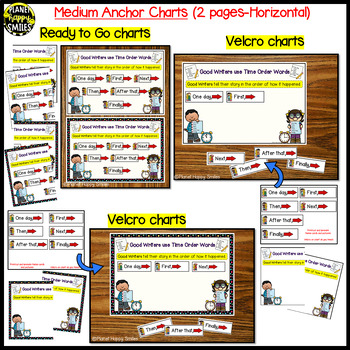

Without them, we wouldn’t be able to tell the difference between, e.g., midday and midnight.

You can see here that we need AM and PM with the twelve-hour clock for clarity. We can see how this works more clearly if we write out various times of day in both 12-hour and 24-hour formats:
PM is short for post meridiem, meaning “after noon.”Īs such, we use AM and PM to indicate the time of day when we are using a 12-hour clock. AM is short for ante meridiem, meaning “before noon.”. The abbreviations AM and PM can be used when writing the time as numerals. In most other cases, numerals are the clearer option for writing the time, especially in scientific and technical writing, where precision is vital. You’re referring to an approximate or round time (e.g., saying “ten thirty” is fine, but you would not usually write “twenty-four minutes after eight”). Using a 12-hour clock (never with a 24-hour clock). WRITTEN WORD CLOCK FULL
It is part of a full sentence, particularly in descriptive or literary writing. She gets up at 6 o’clock in the morning every day.Īs a rule, though, you would only write out the time as words when: She gets up at 6:00 in the morning every day. She gets up at six in the morning every day. If you are using numerals, you would usually include both hours and minutes, although you can omit the minutes in less formal writing.įor instance, all the following would be acceptable: 
You can write the time of day using either words or numerals. But there are many ways to write the time, and the best approach isn’t always obvious. As anyone who has turned up for a midday meeting at midnight will tell you, clarity is vital when writing the time of day.







 0 kommentar(er)
0 kommentar(er)
